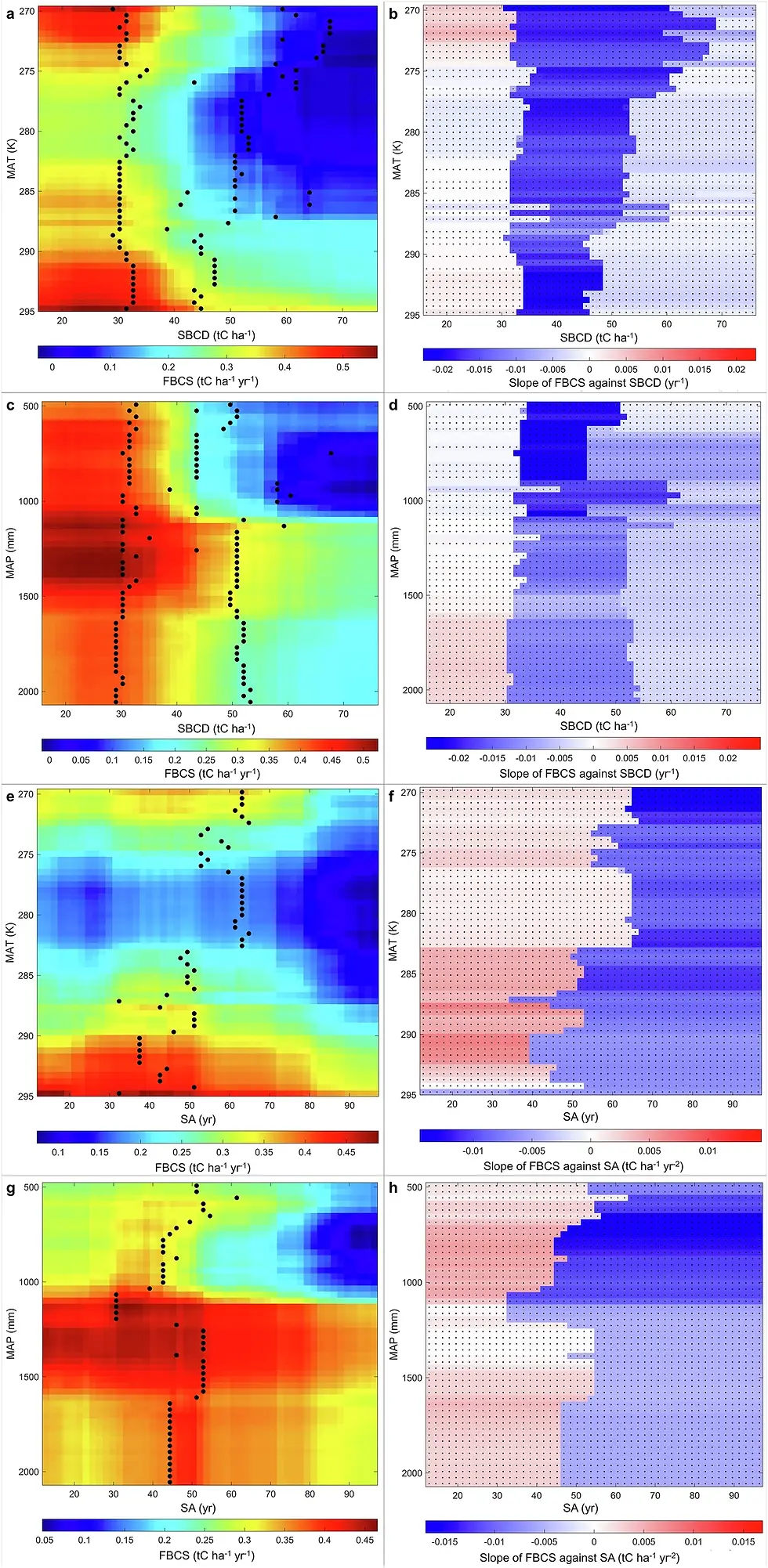Dr. Yongzhe Chen’s recent publication on Communication Earth & Environment
- leshili
- Jun 30
- 1 min read
Optimal spatiotemporal thinning schemes combined with wood vaulting could maximize the forest biomass carbon sink in China
Congratulations to Dr. Yongzhe Chen on publishing a research article on Communication Earth & Environment. The title of the article is “Optimal spatiotemporal thinning schemes combined with wood vaulting could maximize the forest biomass carbon sink in China” and it is now available at https://doi.org/10.1038/s43247-025-02350-w
To achieve carbon neutrality in China, wood vaulting, which involves semi-permanent wood storage, should be integrated with proper thinning of plantation forests to maximize the forest carbon sink. This study proposes that integrating optimal spatiotemporal thinning of China's plantation forests with wood vaulting (semi-permanent carbon storage) could boost the national forest biomass carbon sink by 32.2–32.8% from 2020 to 2060 compared to natural growth, without reducing live biomass stocks. By analyzing satellite-derived carbon sink dynamics and future climate scenarios, researchers mapped ideal stand ages and thinning schedules to maximize carbon sequestration. This strategy offers a scalable pathway for China’s carbon neutrality goals while providing a model for global forest-based climate mitigation.


Reference: Y. Chen, X. Feng, Y. Huang et al. “Optimal spatiotemporal thinning schemes combined with wood vaulting could maximize the forest biomass carbon sink in China,” in Communication Earth & Environment, vol. 6, 366, 2025, doi: 10.1038/s43247-025-02350-w.
Keywords: Forest biomass carbon sink, optimal thinning schemes, wood vaulting, carbon neutrality, spatiotemporal management, climate change mitigation, plantation forests.




Comments